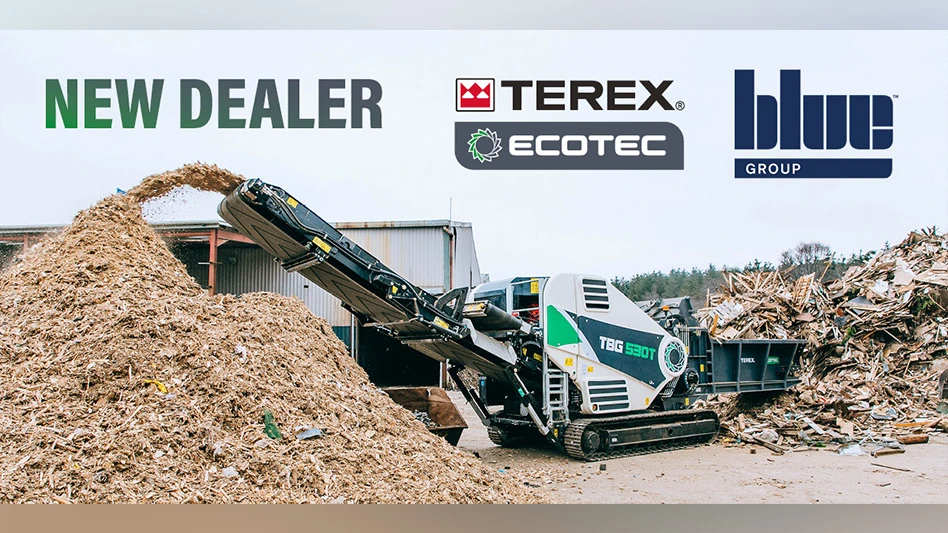
Image courtesy of Alumobility
Switzerland-based Alumobility, an automotive industry-focused consortium consisting of aluminum producers and some of their technology partners, has issued a new white paper titled “When it Comes to Aluminum, Less is More.”
“One of the most important reasons the use of aluminum is rapidly gaining traction in the automotive industry is because aluminum has one-third the density of steel,” states Alumobility in introducing its new document.
Adds the group, “When comparing two identical vehicles with equal stiffness and load-carrying capacity—one made of aluminum, the other of steel—the aluminum vehicle body will be up to 45 percent lighter, which provides many advantages that will affect the future of the automotive industry.”
As part of the white paper, Alumobility Technical Director Mark White has identified what he calls the “Top 8 Reasons Why, When it Comes to Aluminum, Less is More.” Those reasons are outlined in the sections that follow.
Less weight equals more efficiency: Internal combustion engine (ICE) vehicles manufactured from aluminum have better mileage, consume less fuel and produce less emissions, says White. Battery electric vehicles (BEVs), meanwhile, can improve their range capabilities via the lightweighting benefits of aluminum, according to Alumobility.
Less weight equals more secondary savings: A lighter aluminum body means a car can use smaller parts, including brakes, suspension parts, batteries and motors, yet achieve the same acceleration, performance and range with less emissions, says the consortium. In BEVs, smaller batteries translate not only to greater range in traveling but also less extraction of raw materials and chemicals for manufacturing, according to White and Alumobility.
Less weight equals more safety: “It is a common misconception that heavy cars are safer than light ones, but lighter weight aluminum-intensive vehicles (AIVs) are safer than those made of steel,” states Alumobility. The group says aluminum absorbs more energy than steel per pound or kilogram, “so a lightweight aluminum vehicle can even be safer for the occupant than a comparable steel-based vehicle.”
Less weight equals more durability: Since aluminum vehicles are lighter, says Alumobility, they create less friction on key components such as tires and brakes, which means materials such as rubber and plastic can be expected to have a longer component lifespan.
Less corrosion equals more years in service: Automotive grades of aluminum alloys are less prone to corrosion compared with automotive steel grades, says the group. “Aluminum does not need a protective coating, even in severe environments,” state White and Alumobility.
Less weight equals more payload and towing capacity: Pickup trucks and sport utility vehicles (SUVs) made with aluminum “can carry more cargo and/or have the potential for overall weight reduction compared to a steel reference vehicle,” says the consortium. The lightweight aluminum body and chassis can enable secondary weights savings and result in lower cost per mile in running costs, adds Alumobility.
Less complexity equals more efficiency in manufacturing: Compared to a steel-intensive vehicle, the process to manufacture an AIV requires fewer parts, translating to less complexity, according to White. An AIV’s components will be made from fewer alloys, adds Alumobility, “allowing for simpler end-of-life recycling,” according to the group. “More than 90 percent of a vehicle’s aluminum can be recovered and recycled, so an aluminum-intensive car at the end of its life can be recycled and practically made into another car body.”
Less waste equals more circularity: Alumobility refers to aluminum as “infinitely recyclable without a loss in its qualities, including lightness, durability and formability.” Adds the consortium, “Steel is recyclable but it is important to know that it melts at 1,400 degrees centigrade (2,550 Fahrenheit), whereas aluminum melts at less than half that temperature, at 650 degrees (1,200 degrees Fahrenheit).” White and Alumobility call the energy savings of aluminum ”noteworthy.”
The complete white paper can be downloaded from this web page.
Latest from Recycling Today
- Phoenix Technologies closes Ohio rPET facility
- EPA selects 2 governments in Pennsylvania to receive recycling, waste grants
- NWRA Florida Chapter announces 2025 Legislative Champion Awards
- Goldman Sachs Research: Copper prices to decline in 2026
- Tomra opens London RVM showroom
- Ball Corp. makes European investment
- Harbor Logistics adds business development executive
- Emerald Packaging replaces more than 1M pounds of virgin plastic





